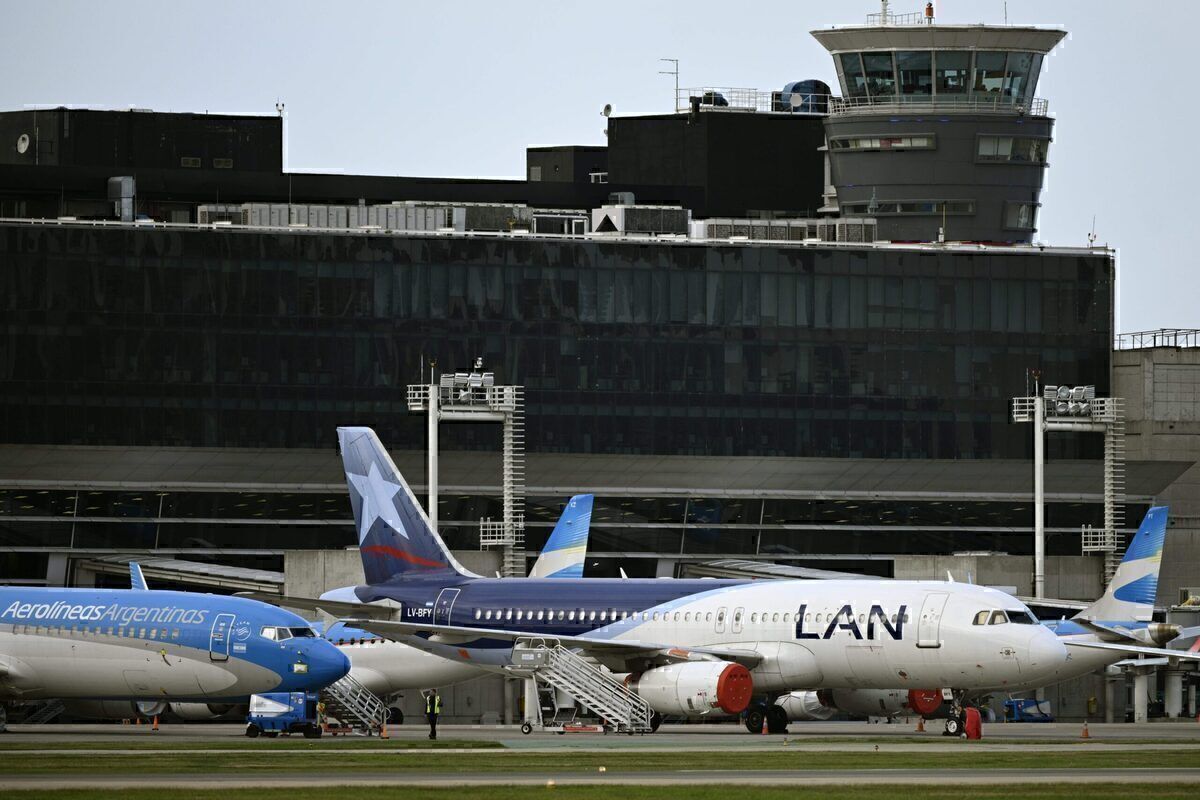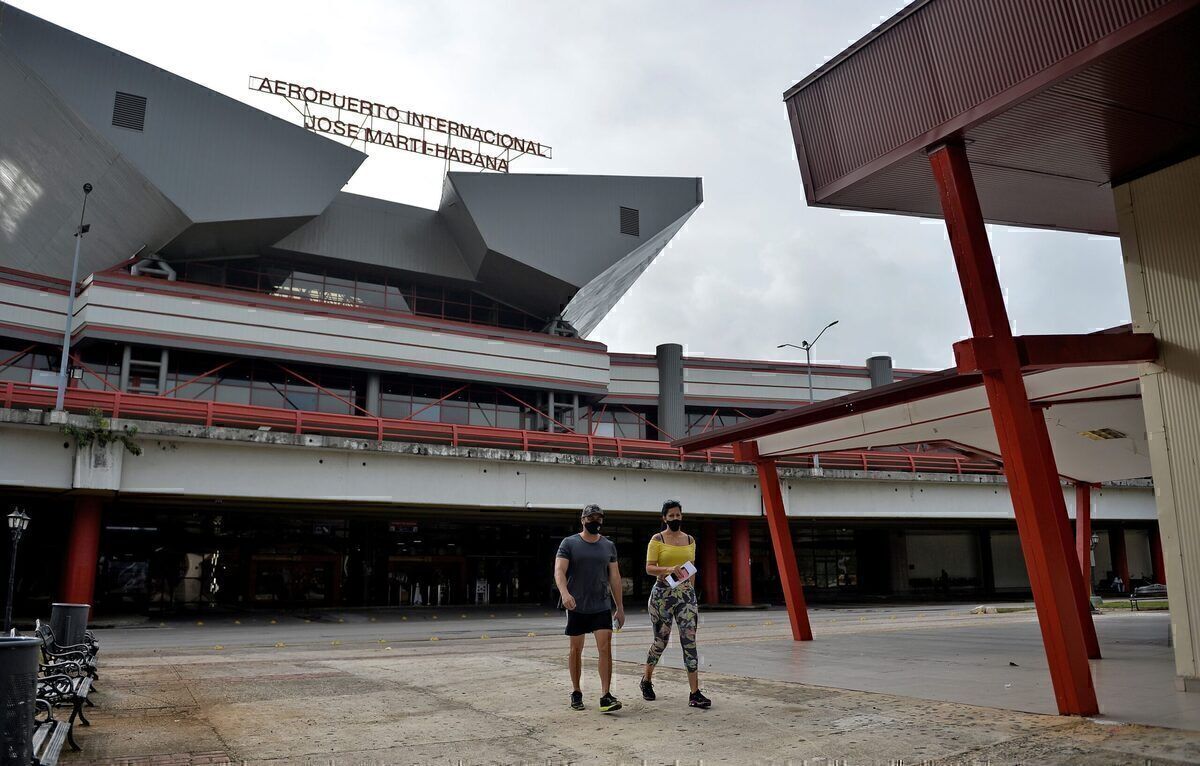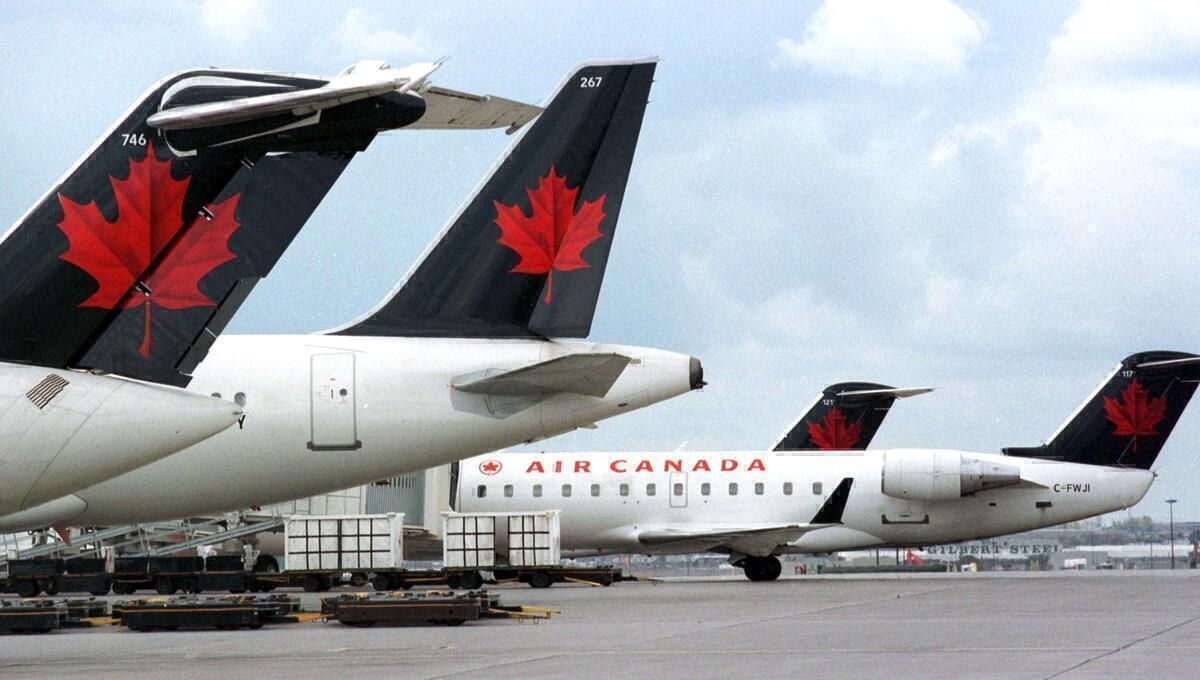Today, the International Air Travel Association (IATA) said that Governments in Latin America and the Caribbean are hampering aviation’s recovery. They are doing it by using the airline industry “as a cash cow,” said Peter Cerdá, regional vice-president of IATA in the Americas. How are they doing it?
Governments are increasing taxes at the worst time
Currently, the aviation industry is trying to restart from the crisis caused by the COVID-19 pandemic. In Latin America, many countries shut down their airspaces for up to six months. This closure left many airlines in a life-support state, to the extent that some may not survive next year.
In that sense, airlines worldwide need as much help as they can get to fly again, IATA says. And mostly, they had received support via loans, nationalizations, and payment deferrals. But, Latin America is showing to be different. Not only Governments have been reluctant to provide financial aid (for various reasons, including the fact that there are other priorities in these developing countries), but they have already imposed new taxes. Peter Cerdá said,
“Yes, we understand that governments are under extreme economic, budgetary constraints at present. Stimulating demand is what’s needed right now, and these kinds of measures will have the opposite effect.”
Stay informed: Sign up for our daily aviation news digest.
What measures have Latin American governments taken?
Peter Cerdá mentioned a few examples across Latin America, the Caribbean, and North America.
For instance, he said that Argentina recently implemented a 35% additional tax on US dollar operations. This tax affects airline operations as they sell international tickets with the American currency.
Aruba will increase its air navigation charges starting 1 January 2021. Plus, airport fees will also increase by US$30 per passenger, said Cerdá. Meanwhile, in the Bahamas, the local government asks for obligatory travel insurance that depends on the length of the stay. Tourists to the Bahamas must pay between US$40 and US$60.
Canada is also making some fee changes. “Even though Nav Canada has delayed any fee increase until next year, they’re still looking at a 30% travel increase spread across five years,” Cerdá said.
Cuba also increased its sanitary fees by US$30 per passenger, effective next week, on 1 December. Finally, Jamaica will charge US$40 per person for travel insurance. “Although this will not be added to a ticket, it makes the destination more expensive,” Cerdá said.
A look at the latest figures in Latin America and the Caribbean
The regional vice-president of IATA at the Americas said that these examples would not help stimulate demand. Ultimately, these new fees will generate less revenue for governments than if the passenger could travel without them.
The new taxes only add more pressure to an already pressured industry. In April 2020, at the height of the COVID-19 crisis, Latin America lost more than half of its unique city pairs, going from 1,780 it had in 2019 to 680. Connectivity levels declined by 85% in that month. Although there are signs of recovery (mainly in Mexico and Brazil), there is still a considerable lag compared to the pre-COVID levels.
“Restoring air connectivity in Latin America and the Caribbean countries is critical to support the recovery of our local economies,” Cerdá said. The region air travel industry supports 7.6 million jobs and generates 722,000 direct jobs. According to IATA, the industry generates US$187 billion of the region’s GDP. Due to COVID-19, more than half of those jobs and economic activity are at risk of disappearing.
Are you planning on traveling to Latin America and the Caribbean any time soon? Let us know in the comments.



